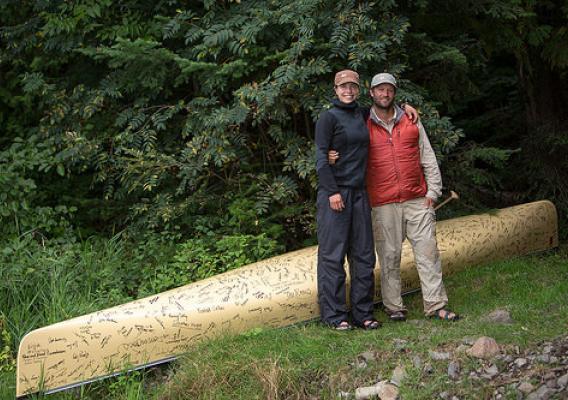The USDA Climate Hubs are almost one year old! Since February of 2014, we have made considerable progress by developing networks that connect researchers to landowners; by evaluating available tools that can help land managers with management decisions regarding risk management; by synthesizing regional risks and vulnerabilities; and we have learned a lot along the way.
The Hubs are about developing and delivering science-based, region-specific information and technologies, with the help of USDA agencies and partners, to agricultural and natural resource managers and communities. Land managers and communities desire healthy, resilient, productive, and profitable agricultural or natural ecosystems that are sustainable over time. The Hubs’ role is to work with (and as) advisers to land managers by providing information and tools to help them achieve their goals in an environment filled with climate-related stresses and risks. The Hubs’ initial focus is on communicating with our stakeholders and developing networks with our partners. This includes communicating research to Certified Crop Advisors, relaying stakeholder needs to science organizations, or just making sure the lines of communication are open among the respective science and information providers and managers of working lands.










